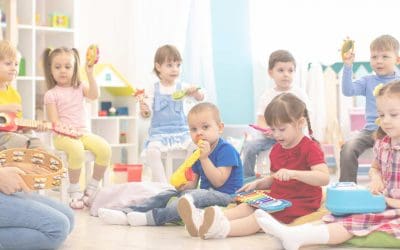How To Foster Healthy Child Attachment
Attachment is the relationship between a child and parent or caregiver that involves making children safe, secure and protected.
It is important to recognize what type of attachment your child has with you and their caregiver, this will allow everyone involved in the child’s life to assist him/her when things in their environment change. This will also determine how children develop socially and emotionally. It is vital that it is fostered during the infancy period to instil healthy social and emotional relationships and habits.
It is important to recognize what type of attachment your child has with you and their caregiver, this will allow everyone involved in the child’s life to assist him/her when things in their environment change.
At approximately 6 months of age children will begin to recognize their caregivers responses to their cues. This is when children begin to develop specific relationships with their caregivers; each one will be unique as it is determined based on how the caregiver reacts to the child’s distresses.
Secure Attachment
Children will play freely when a parent is in the same room. When the parent leaves the child may or may not cry, and the child’s exploration may diminish until the parent returns.
Avoidant Attachment
The child will play whether or not their parent is in the same room with them. If the parent leaves the child will pay little to no attention to their departure and show minimal distress during their departure.
Resistant/Ambivalent Attachment
The child is preoccupied with the parent, will become extremely distressed when the parent leaves and is reluctant to explore their environment. .
It is important to determine the quality of the attachment with the child, as this will foster your relationship with the child as well as enable the child to develop positive emotional and social skills.
The quality of the attachment is also something to look at; children will develop attachments with any caregiver, even if they are abusive. Therefore, it is important to determine the quality of the attachment with the child, this will foster your relationship with the child as well as enable the child to develop positive emotional and social skills.
Childcare and Attachment
In order for children to be successful in childcare they must develop a bond with the Educators. This will develop over the next several months; be patient during this process, as each child will react to this new change differently. It is up to you to stay positive and encouraging about them going to school or daycare. Talk to them about it daily and be excited for them, give them warnings about going to school and talk to them about what will happen.
It is up to you to stay positive and encouraging about them going to school or daycare.
Children thrive from routine, ask the teachers to provide you with the school routine/schedule and start to enforce it at home. In order to be successful you MUST stick to it, this will assist your child with knowing what to expect and make it easier for him/her to transition into the program quickly and in a positive fashion.
Visual pictures also assist children with knowing what to expect next. Visit www.connectability.ca and search the visual engines to assist with making free visual picture schedules for you child.
Look here for more on healthy child attachment and how to best show your child you love them?
References
Goldberg, S. (2007). Later development and assessment of Attachment beyond Infancy. In Attachment and Development (1st ed., Vol. 1, pp. 34-51). London: Hodder Education.










